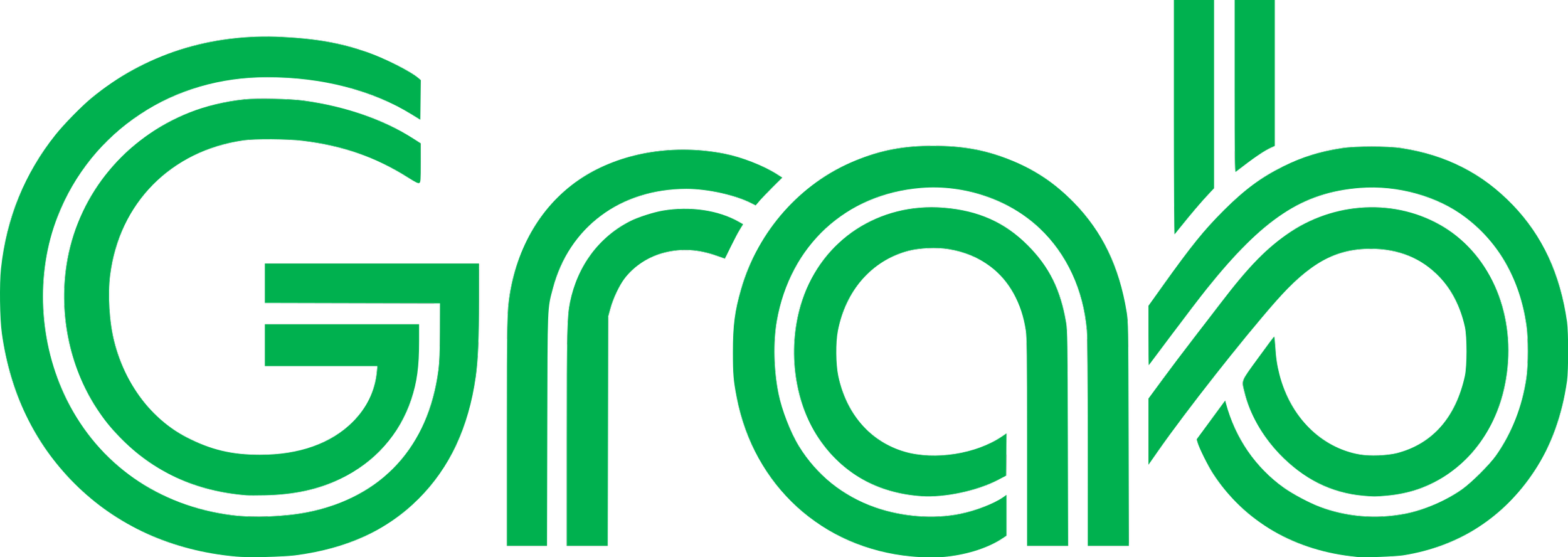Designing cloud kitchen service experiences, achieving 5.2x growth in food delivery revenue
Grab is Southeast Asia’s largest and leading superapp, and specialises in ride-hailing, food delivery, and digital payments services on mobile devices. Our team was responsible for the launch of GrabKitchen, which is a cloud based kitchen service, that helps customers have more food choices, closer to their homes and get food quicker.
Client:
Industry:
Technology
Food
How might we increase the accessibility of food whilst allowing for broadened options for optimised eating experiences?
Creating an end-to-end service experience for food lovers across Southeast Asia.
This was a common consensus across countries in SEA. Grab also wanted to see how it could maximise its spread to reach consumers as fast as possible, and by providing them quality food with a variety of choices to choose from.
GrabFood, the food pillar of Grab realised the need for food on demand.
Opportunity 💡
Process
Multiple factors were considered, the customer and staff experience, as well as the logistics and legalities of the service. My team, made up of a Service Design Manager, a Service Designer and an Architect, led the expansion across SEA (Southeast Asia) and aided in launching the first outlet in Bangkok and in Indonesia.
This involved stakeholder management, behavioural research, operational blueprint mapping and site dry runs.
Customer insights and behaviours
Service Journey Maps
Service Blueprints
Service Dry runs
Outcomes 📤
Behavioural and Qualitative research
Stakeholder management
Service Journey and Blueprint Mapping
Prioritisation Mapping and Business Modelling
Dry run prototype and iterations
Skills involved 📩
Understanding the Problem 💬
We conducted 5 field observations. We visited “up and coming” cloud kitchens, such as Deliveroo and studied current customer behaviours to understand their level of satisfaction and happiness with the experience.
Additionally, role-playing as customers, helped us gain a more comprehensive understanding of a customer’s journey, from the point of awareness, to the point of engagement, eating and departure.
Key Insights 📝
👎🏼 Limited clarity in experience due to the lack of staff assistance present
Current cloud kitchens lacked the presence of front facing staff, eliminating natural customer engagement. Customers felt a little lost when they needed assistance with ordering their food or clarifications.
👎🏼 Lack of accessibility to destinations
Several cloud kitchens , such as Deliveroo, were placed in “hard to reach” areas, and hence,slowing down business growth.
👍🏼 Independent and easy food collection
Since digital screens were present on-site, customers were easily able to identify their orders and know which cubby was assigned to them, elevating the persistent need for staff service.
Designing the GrabKitchen Experience
Hypothesis
GrabKitchen was to be launched in Thailand, Indonesia, The Philippines and Singapore.
We started from Indonesia and the Philippines, where food delivery is predominantly running on a concierge model and requires more human interaction and attention.
Our hypothesis was that it would be easier to launch in a digitally attuned Singapore.
3 Customer Journey mapping workshops
3 in-person workshops, end to end customer journeys were co- created with country heads and the operations, finance, delivery and customer service departments for Dine in, Take away and Delivery experiences.
2 Service Blueprinting workshops
Front-end and Back-end Blueprint experiences were co-designed with the country heads and various departments to work towards the making of GrabKitchen. I lead the blueprint workshops and ensured we defined a clear roadmap and “plan of action” for the teams to take on.
“Each country’s service experience was unique. In The Philippines, reusable plastic tableware is preferred as compared to some others where they may use disposables.”
GrabKitchen Dry runs and Testing
Once we had a blueprint of the service, it was time to put it to test!
Dry run tests were conducted, starting with Thailand, to ensure that the customer and service journey was foolproof 💯.
We gathered potential customer and staff feedback and iterated their experiences.
(On the right - Bangkok outlet concept, based in an open foodcourt)
I co-led the retail partnerships for GrabKitchen across Thailand, Indonesia and Singapore as well.
Today, Grab has launched 50 Grab cloud kitchens across 4 Southeast Asian countries!
Grab’s first cloud kitchen in Hillview, Singapore, bringing over 10 F&B brands to northwest Singapore, including three new virtual restaurants.
GrabKitchen’s launch in Singapore
GrabKitchen is also available on the Grab app and customers can order food from GrabKitchen with ease. Now, they have multiple options under one roof!
Incorporation with GrabFood app
GrabKitchen’s Impact 🎯
5.2 x growth in GMV
Grab’s food delivery business has grown 5.2x across the region in gross merchandise value
By bridging the cuisine supply and demand gaps, Grab’s increased its active users
173% ↑ in active users
↑ in merchant’s ability to grow
Lowers operational costs and entry barriers for new or growing merchants
“Partnering with Grab has enabled us to have an expanded reach to more consumers, while minimising the hassle of travel for customers,” 👨🏽🍳 founder of Thai Dynasty Pte Ltd


